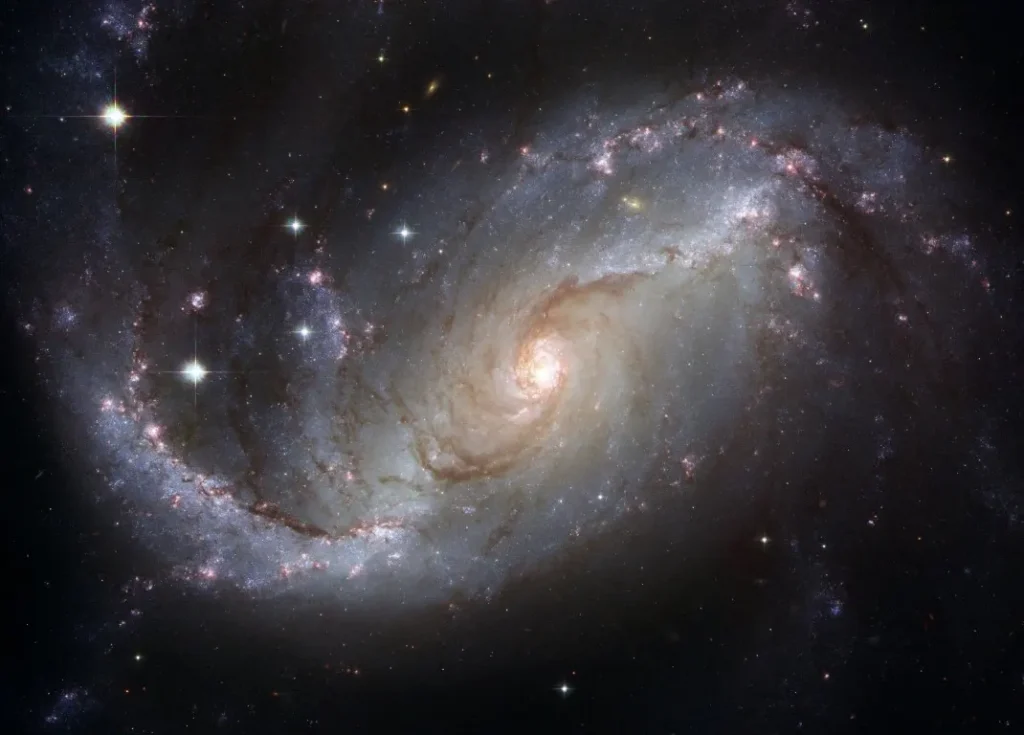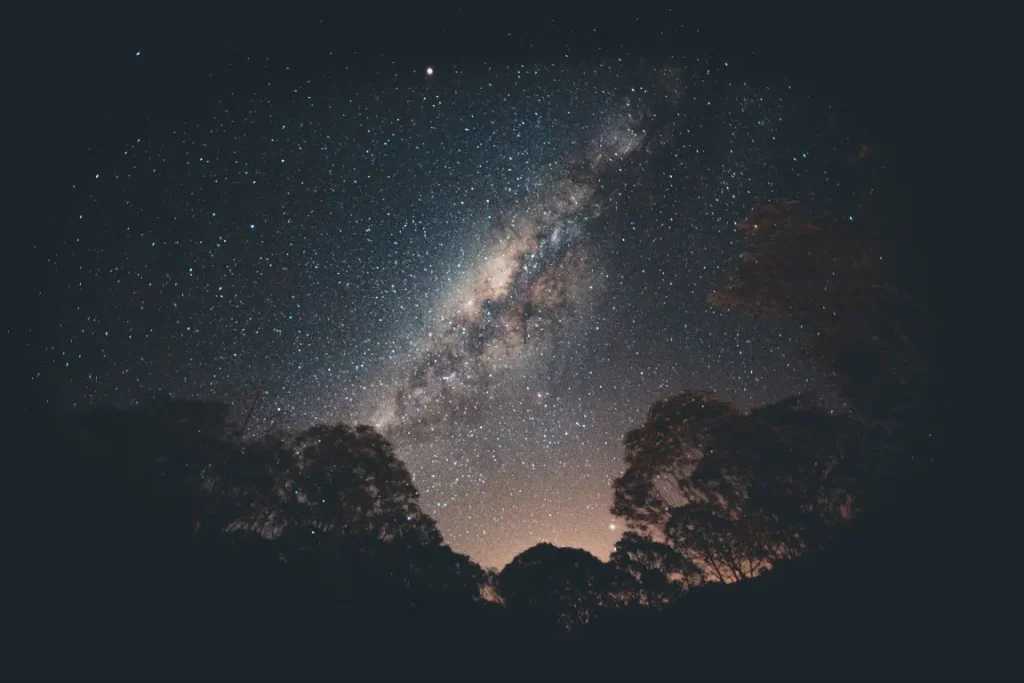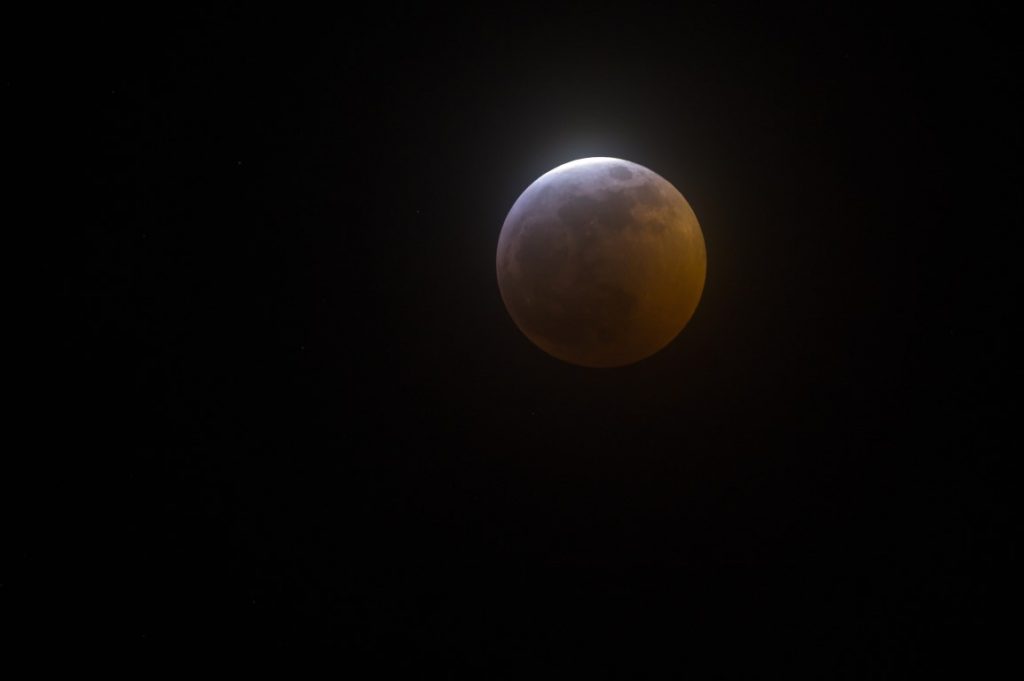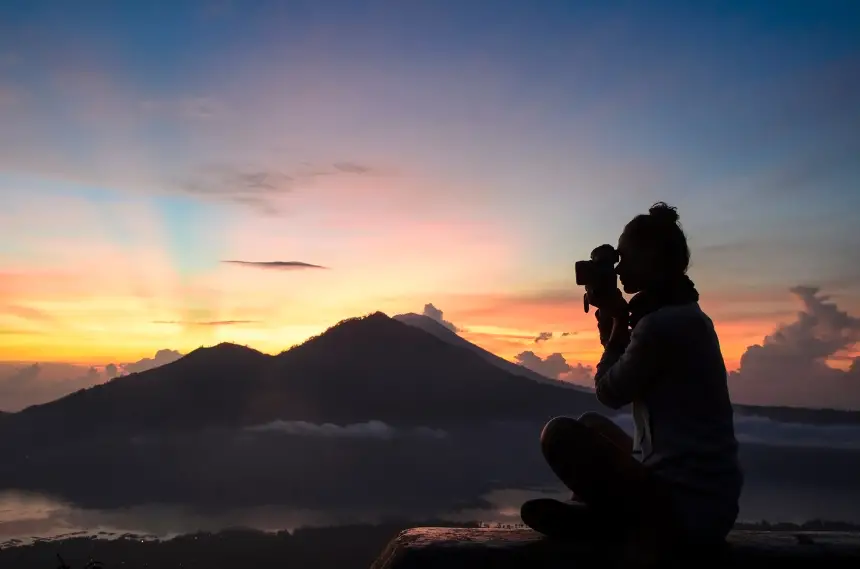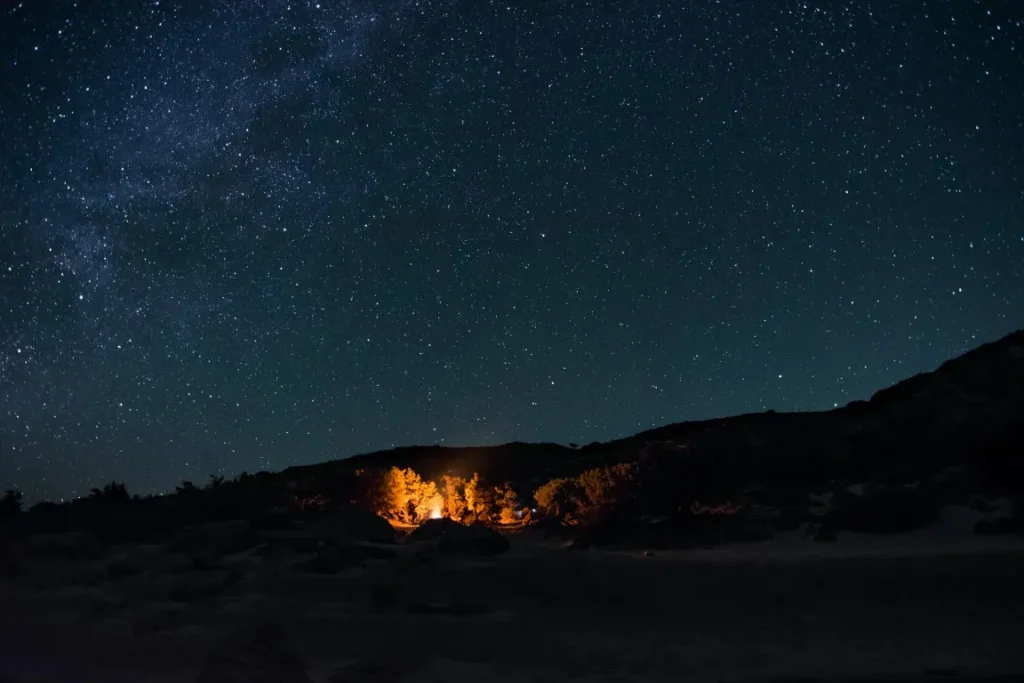
Widefield astrophotography is a type of astrophotography. Actually, it involves capturing the night sky using a wide-angle lens.
It typically involves photographing a large section of the night sky, often with a foreground element such as a landscape, to create a stunning and detailed image of the stars, galaxies, and other celestial objects.
Widefield astrophotography allows us to capture the beauty and majesty of the night sky in a way that is not possible with the naked eye.
By using long exposures and capturing more light than our eyes can detect, you can reveal intricate details of the stars and other celestial objects.
If you feel it’s good to know more about exposure time, I have provided this article on astrophotography exposure time for you.
Whether you are a professional astrophotographer or a hobbyist, widefield astrophotography offers endless opportunities for exploration and creativity.
So let’s start to discuss all it.
The Gear You Need for Widefield Astrophotography
Camera
A good camera is the most important piece of equipment for widefield astrophotography.
Your camera should have a high ISO range, good low-light performance, and manual controls.
A mirrorless full-frame camera is ideal, but a crop-sensor camera can also produce excellent results.
Here are some cameras that I use for my image shooting.
- Nikon D850
- Canon EOS 6D
- SONY A7R
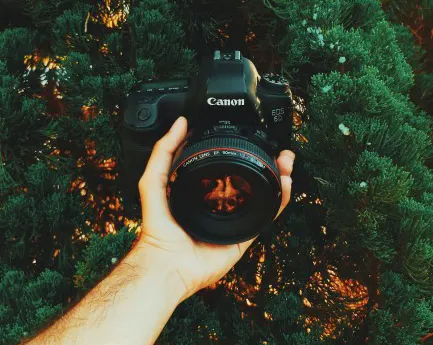
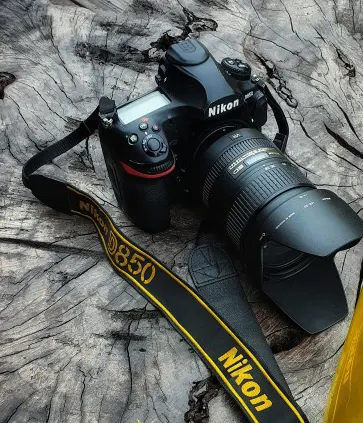
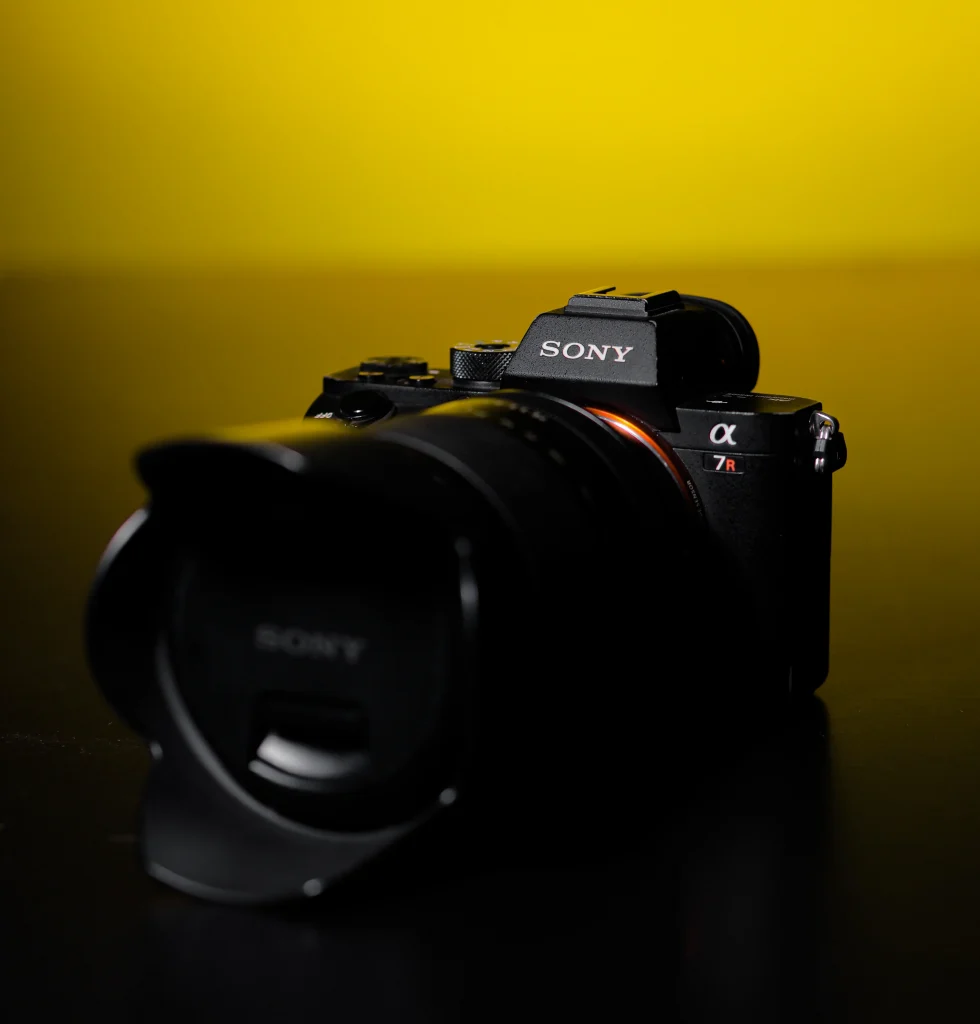
Lenses
When considering lenses, A wide-angle lens is necessary for capturing a large portion of the night sky in a single shot.
Ideally, the lens should have a fast aperture (f/2.8 or wider) and a focal length of 14-35mm.
Normally, prime lenses generally produce sharper images than zoom lenses.
Here I provide a list of suitable lenses for wide-field astrophotography
- Nikon AF-S Zoom Nikkor 14-24mm f/2.8G ED AF Lens
- Sigma 14mm f/1.8 DG HSM Art
- Rokinon/Samyang 14mm f/2.8
- Sony FE 12-24mm f/2.8 G Master
If you want to know more about lenses for astrophotography, I already provided an article on the best astrophotography lenses. So, I think it is very useful for you.
Tripod
When it comes to Astro-imaging, having a durable and stable photography tripod is of utmost importance.
It is essential to choose a tripod that can withstand the weight of your camera and other accessories, and can also handle any environmental conditions you may encounter during your astrophotography session.
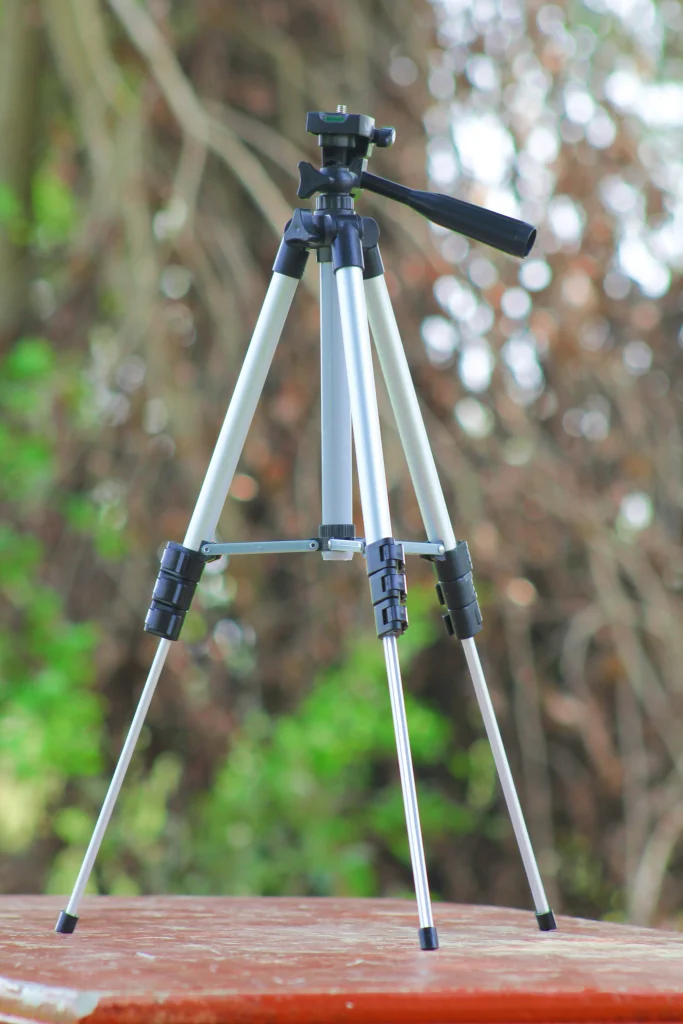
Overall, investing in high-quality tripod and head equipment like a video or ball head can significantly improve the quality of your astro-imaging results.
Tracking mount
A tracking mount compensates for the Earth’s rotation and allows for longer exposure times without star trailing. There are several types of tracking mounts available, ranging from manual to motorized.
Remote shutter release
A remote shutter release prevents camera shake caused by pressing the camera’s shutter button. It also allows the photographer to trigger the shutter without physically touching the camera.
Light pollution filter
Light pollution filters reduce the amount of light pollution in the night sky, resulting in better contrast and color in astrophotography.
There are several types of light pollution filters available, including broadband and narrowband filters.
By referring below video you can identify a cheap widefield astrophotography setup for your photography journey.
Camera Settings for Widefield Astrophotography
When engaging with night sky shooting, you should consider the camera settings to take more results on your imaging.
So, I will share the full guidance for camera settings according to my journey.
| Shooting mode | Manual (M) mode |
| ISO | Start with ISO 3200-6400 and adjust accordingly based on the brightness of the night sky and your lens’ maximum aperture. Higher ISO settings can produce more noise, while lower ISO settings can result in less detail in the image |
| Aperture | Set your lens to its widest aperture (lowest f-number) to allow as much light as possible into the camera. For example, f/2.8 or wider. |
| Shutter speed | Use the 500 rule to calculate the maximum shutter speed that will produce a sharp image without star trailing. Divide 500 by the focal length of your lens to get the maximum shutter speed in seconds. For example, if you are using a 24mm lens, your maximum shutter speed should be around 20 seconds (500/24). |
| Focus | Use manual focus and focus on a bright star in the sky or use the infinity focus point on your lens if available |
| Image format | Shoot in RAW format to capture the most data and allow for more flexibility in post-processing |
| White balance | Set the white balance to “Daylight” or “Custom” to avoid color shifts in the final image. |
| Image stabilization | Turn off any image stabilization or vibration reduction features on your lens or camera if you are using a tripod |
One of my Widefield Astrophotography Sessions.
For this particular imaging session, my aim was to capture the stunning sight of the Milky Way rising out of the sea.
To plan the session, a range of astronomy session planning apps and computer programs were available to determine what celestial objects would be visible at the location and time of the shoot.
Often I used Stellarium for this task in the shooting session.
To ensure the best results, the camera settings were adjusted to an ISO of 6400 with an exposure time of 30 seconds, and a zoom lens setting of 17mm focal length with an aperture of F2.8 was used.
The camera was mounted on a sturdy, fixed tripod to prevent any blur caused by the movement of the stars. Multiple exposures were taken, and the best one was chosen for display.
I captured the shot at 01:13 and illuminated the foreground using a small LED torch. A RAW file was post-processed to bring out more of the faint Milky Way that was barely visible to the naked eye.
The camera was manually focused using live view capabilities to ensure sharp focus on the stars, which were extended onto a tablet computer via a high-quality USB cable.
This allowed for a comfortable viewing angle, regardless of the camera’s orientation, and it also extended the camera’s battery life as the camera display was turned off. The tablet was also used to trigger the camera’s shutter.
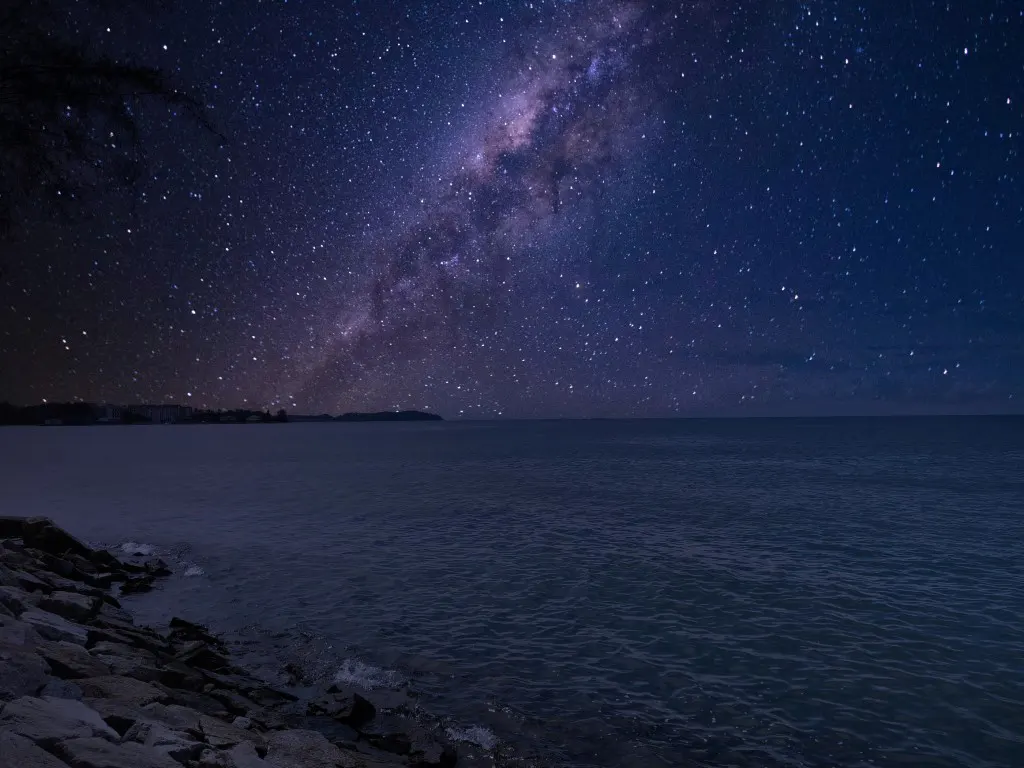
Shooting Tips for Widefield Astrophotography
Location Scouting:
Finding a suitable location for astrophotography is crucial. Try to find an area that is far from light pollution and has a clear view of the sky.
You can use a light pollution map to identify the best locations in your area.
Weather Forecasting:
Keeping an eye on the weather is essential for astrophotography. Choose a clear night with minimal cloud cover and low humidity.
Using a weather app or website you can check the cloud cover and visibility in your location.
Framing:
Framing is an essential aspect of astrophotography. Use a wide-angle lens with a focal length between 14mm and 35mm to capture a wide field of view.
Look for interesting foreground elements, such as trees or mountains, to add depth to your images.
Exposing: The exposure settings will depend on the type of image you want to capture. Start with an ISO between 1600 and 3200, and an aperture between f/2.8 and f/4.
The shutter speed will depend on the focal length of your lens. Use the 500 rule to calculate the maximum shutter speed that will produce a sharp image without star trailing.
Stacking: Stacking is a powerful technique used in astrophotography to reduce noise and enhance detail in your images.
You can take multiple photos of the same scene, and use software like Deep Sky Stacker or Starry Landscape Stacker to stack the images together.
Patience and Practice: Astrophotography requires patience and practice. I suggest taking your time to experiment with different techniques and settings to find what works best for you.
Post-Processing: Post-processing is an essential part of astrophotography. The help of software like Adobe Lightroom or Photoshop you can adjust exposure, contrast, and color balance.
Remember that post-processing should be used to enhance your images, not to create a new image altogether.
Conclusion
In conclusion, widefield astrophotography is an exciting and rewarding genre of photography that allows you to capture the beauty of the night sky.
It offers several benefits, including the opportunity to explore the universe, capture stunning images, and connect with other astrophotographers.
However, it also poses several challenges, including the need for careful planning, specialized equipment, and technical knowledge.
As well as it requires patience, practice, and dedication to achieve great results.
Remember to be patient, take your time, and enjoy the experience.
Actually, widefield astrophotography is a rewarding journey that can lead to breathtaking images and an appreciation for the beauty of the night sky.
Justin Parker is a professional photographer and has been in the industry since 2007. He attended the University of Georgia. Justin combines his passion for photography and his interest in writing to give life to this blog which talks about photography in order to help and inspire young photographers.

